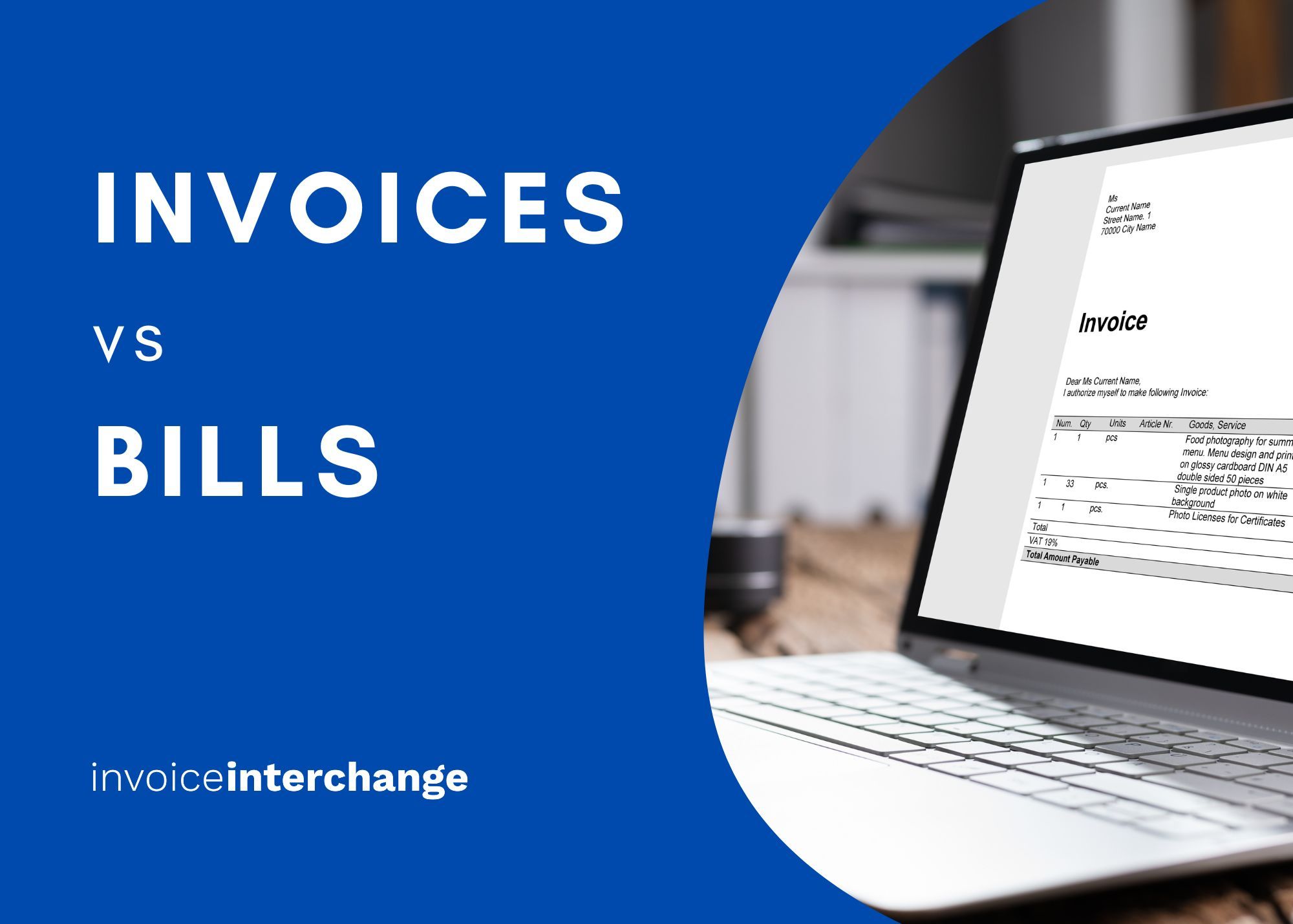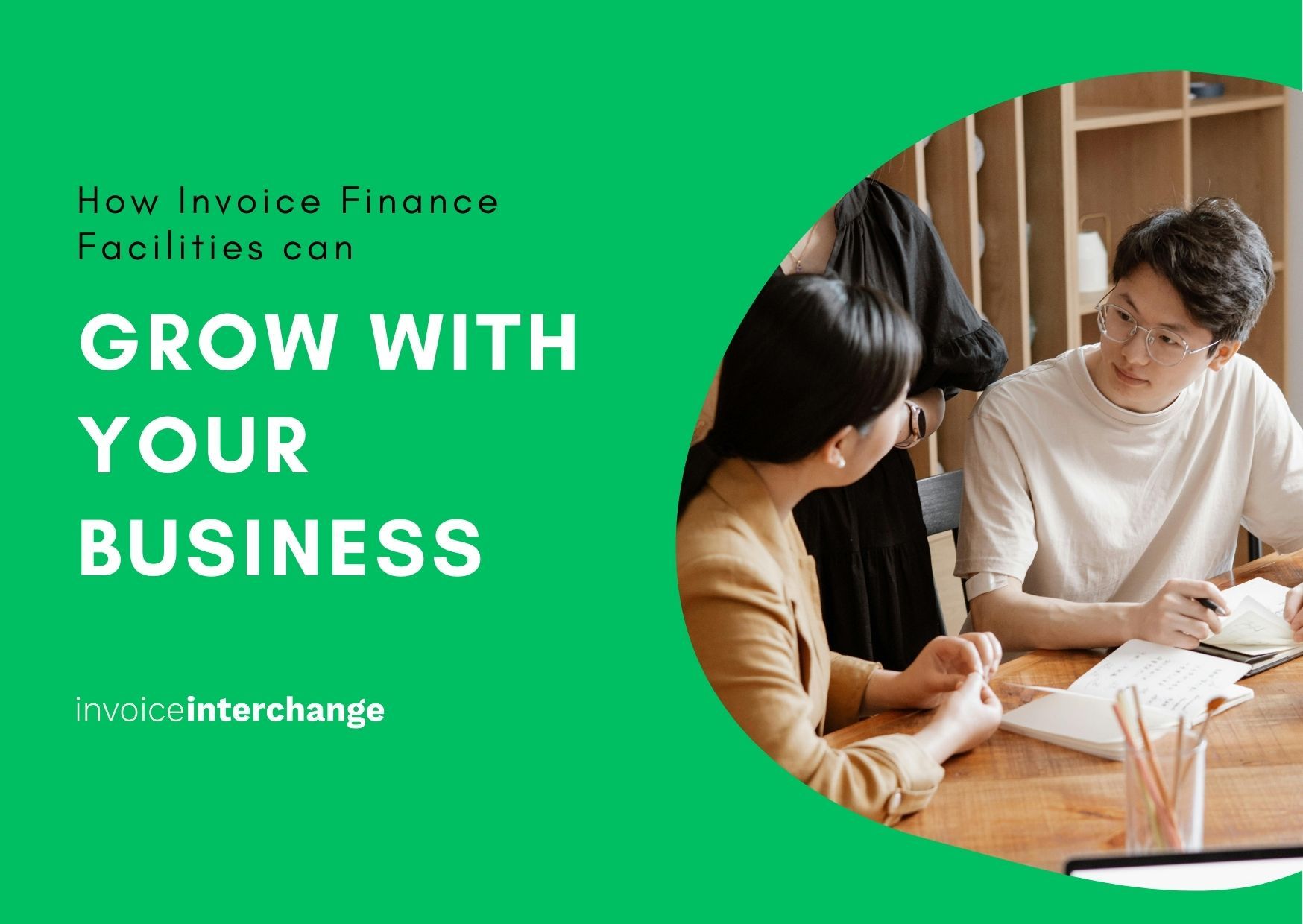
Are Invoices and Bills the Same Thing?
People often get confused between invoices and bills. Are they not the same thing? Generally, yes, both are a type of documents that contains similar information pertaining to a sales transaction, be it for goods or services. However, if we explore a little further, there are nuances between the two.
Information on the document
Invoices contain specific and formal information such as:
- The word ‘Invoice’ (or in some jurisdictions ‘Tax Invoice’) must be clearly printed at the top of the document.
- Invoice Number.
- Issuer’s address and contact details.
- Customer’s address and contact details.
- Details of goods or services provided.
- Payment instructions.
- Due date.
Bills, on the other hand, contain limited information on description, price, and taxation, whilst other information such as customer’s details, and payment terms are omitted.
The use of Invoices and Bills in business
Invoices can be recurring; a bill on the other hand is for one-time use. Bills are generally issued when goods or services are received and paid for immediately.
Bills are commonly used at restaurants, bars, department stores, hair salons or spas.
On the other hand, invoices are usually used for transactions that are not paid for immediately and where more information on the sales transaction is required. For example, if you engage a firm to provide accounting services, you would typically receive an invoice for the work performed and be allowed time to pay at a later date.
Perspective, who’s reading it?
Typically, customers in the B2C industry will generally refer to this document as a ‘bill’. For example, at a restaurant, a customer would most likely ask for the ‘bill’ rather than an ‘invoice’.
From a B2B perspective, you may issue an invoice to your customer (accounts receivable) and also receive an invoice from your supplier (accounts payable).
B2B businesses
For B2B businesses, invoices are used almost exclusively, whether payment is expected immediately or on credit terms. Having an invoice for a transaction helps with bookkeeping and tax records.
Invoicing is also a crucial step in the procurement process. The process generally follows the below steps:
- A quotation is created and sent to your customer.
- Your customer agrees to the quotation and sends you a Purchase Order (PO).
- When your business is ready to deliver the goods, a Delivery Order (DO) is created to ensure goods are picked up and delivered accordingly.
- Upon the delivery, your customer will then sign off the DO which also confirms that they have received the goods per the DO.
- Your business will then raise an invoice to your customer to make payment.
Invoices and bills are there to ensure that your business can correctly receive payments from your customers. Therefore, it is critical that your business has the procedures and processes in place to create and issue either or both documents promptly and accurately. This will help with ensuring your business gets paid on time and avoid late payments and bad debts.
Related Articles

Mastering Cash Flow Management: Strategies for Seasonal Fluctuations

How Invoice Finance Facilities Can Grow With Your Business
